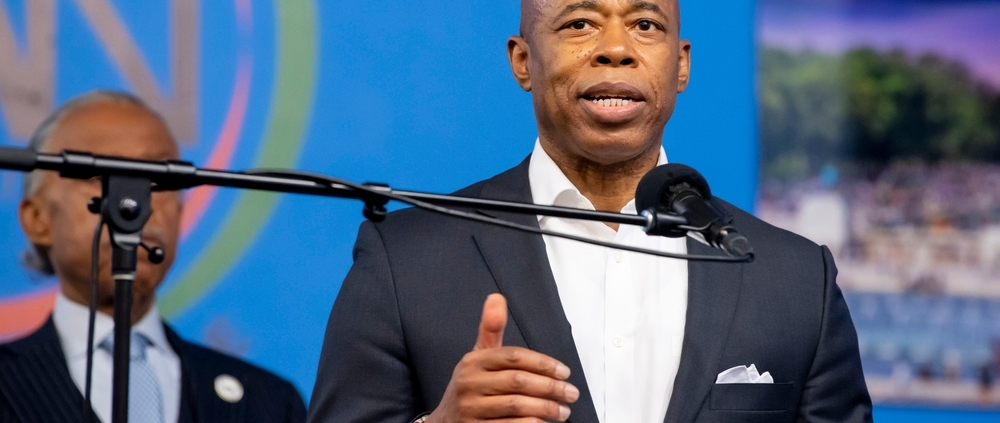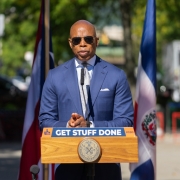Legal Framework for the Governor’s Removal of the New York City Mayor
By Brian Figeroux, Esq. | Editorial credit: Ron Adar / shutterstock.com
The authority for a New York State Governor to remove the Mayor of New York City is enshrined in both state law and the New York City Charter. Specifically, the New York City Charter stipulates:
“The Mayor may be removed from office by the Governor upon charges and after service upon him of a copy of the charges and an opportunity to be heard in his defense.”
This provision grants the Governor the power to remove the mayor following a formal process that includes:
- Filing of Charges: The Governor must present specific allegations or charges against the mayor.
- Notification: The Mayor must be served with a copy of these charges, ensuring they are fully informed of the accusations.
- Opportunity for Defense: The Mayor is entitled to a hearing to present their defense against the charges.
Additionally, the Governor possesses the authority to suspend the mayor for up to 30 days while these charges are being prepared and adjudicated.
Historically, this gubernatorial power has been seldom used. The last notable instance was in 1932 when Governor Franklin D. Roosevelt considered removing Mayor Jimmy Walker amid corruption allegations; however, Walker resigned before any formal action was taken.
Legal Recourse for the Mayor
Upon initiation of removal proceedings, the Mayor has several avenues for legal recourse:
- Defense Presentation: The Mayor can present evidence and arguments during the hearing to refute the charges.
- Judicial Review: If removed, the Mayor may challenge the decision in court, arguing procedural errors or contesting the validity of the charges.
- Public Appeal: Engaging with the public and media to garner support, potentially influencing the Governor’s decision or the outcome of any legal proceedings.
Succession and Replacement Procedures
In the event of the Mayor’s removal, the New York City Charter outlines the line of succession:
- Public Advocate Assumes Office: The Public Advocate becomes the acting Mayor.
- Special Election: The acting mayor is required to call a special election within a specified timeframe to elect a new Mayor.
This process ensures continuity of governance and allows the electorate to choose a new leader promptly.
Political Implications for the Democratic Party
The removal of a sitting Mayor, especially from the same political party as the governor, carries significant political ramifications:
- Public Perception: The Democratic Party may face scrutiny regarding internal oversight and the vetting of candidates.
- Party Unity: Such an event could lead to divisions within the party, as members may take differing stances on the removal.
- Electoral Consequences: The controversy could impact voter trust, potentially influencing upcoming elections at both the city and state levels.
In conclusion, while the Governor holds the legal authority to remove the Mayor under specific circumstances, such an action necessitates a thorough and transparent process, considering both legal protocols and the broader political impact.





Leave a Reply
Want to join the discussion?Feel free to contribute!